In the midst of urban sprawl and bustling human life, a surprising neighbor is making itself quite at home – the bobcat. These wild cats, with their striking appearance and stealthy demeanor, are increasingly becoming a part of the landscape in human-populated areas. Why do these elusive creatures find our neighborhoods so appealing? Let’s explore the reasons behind the bobcat’s thriving existence next to humans and uncover the fascinating dynamics at play.
Understanding the Bobcat’s Nature and Adaptability
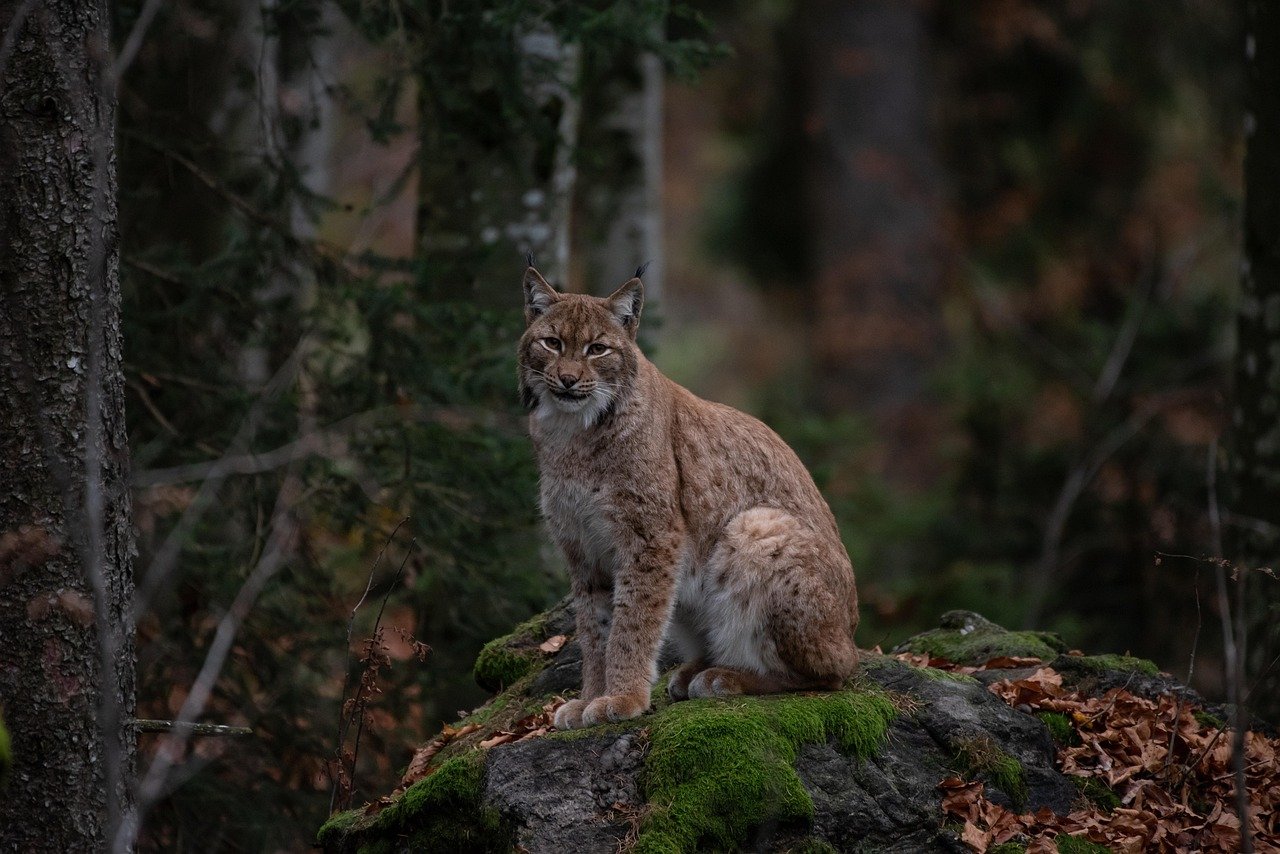
Mysterious, adaptable, and surprisingly common, bobcats have learned to live alongside humans more than most people realize. These stealthy wild cats are found across North America, from remote forests to suburban backyards, skillfully navigating a world that continues to encroach on their natural habitat. Unlike larger, more elusive felines, bobcats have proven remarkably resilient, adjusting their hunting patterns and behaviors to survive near human developments.
Bobcats are medium-sized wild cats native to North America. They possess a remarkable ability to adapt to various environments, from dense forests to arid deserts. This adaptability is one of the key reasons they can thrive near humans. Unlike some other wild animals, bobcats are not overly dependent on a specific habitat type. They can adjust their hunting strategies and dietary preferences based on the resources available, a trait that serves them well in human-dominated landscapes. Their solitary and elusive nature allows them to go unnoticed, which is crucial for their survival in areas where humans are present.
Urbanization: A Double-Edged Sword
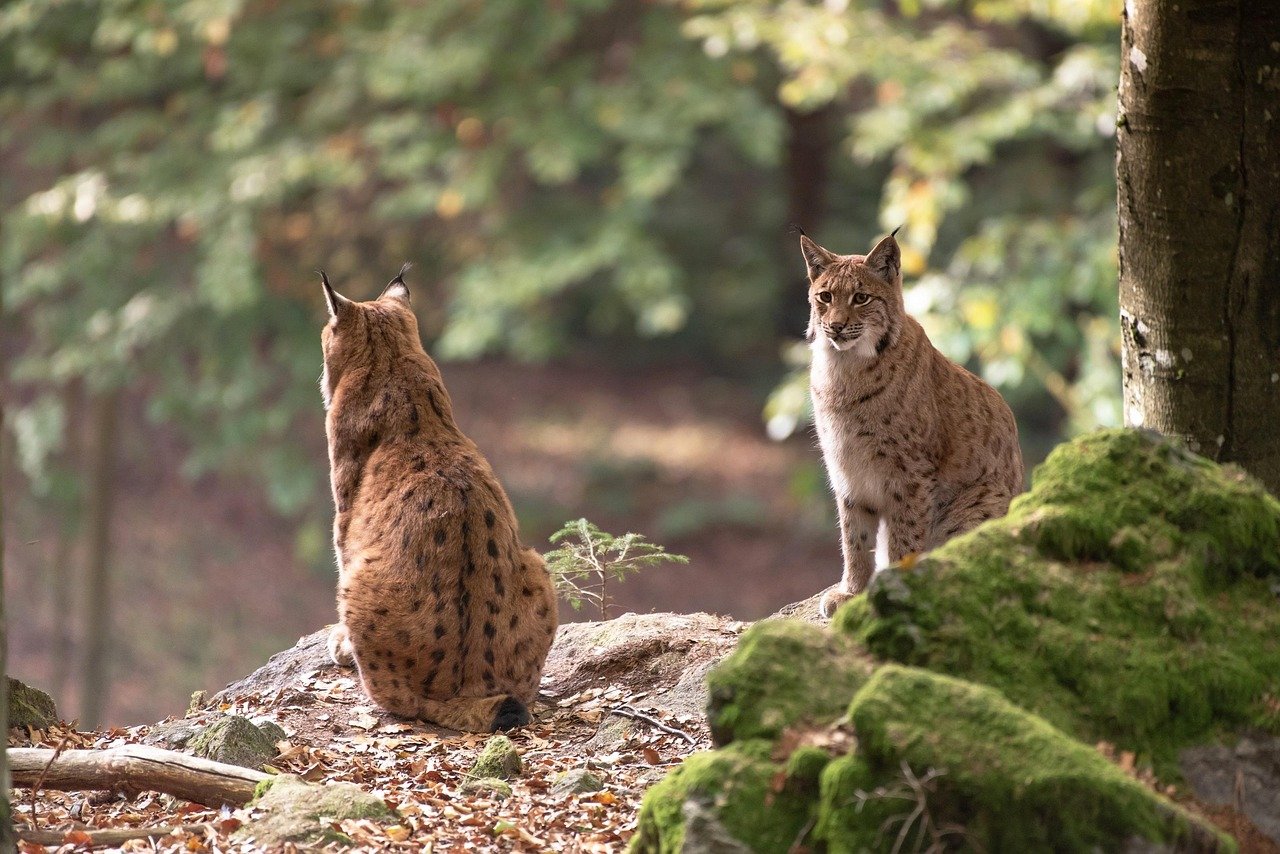
Urbanization presents both challenges and opportunities for bobcats. On one hand, the expansion of cities and infrastructure can lead to habitat loss and fragmentation, posing a threat to wildlife. However, bobcats have shown an impressive ability to navigate these changes. They often use green spaces, parks, and even golf courses as corridors to move between urban areas and natural habitats. These pockets of greenery provide not only shelter but also a steady supply of prey such as rodents and birds. Thus, while urbanization can pose risks, it also offers new niches for bobcats to exploit.
The Bobcat’s Diet: A Key to Coexistence
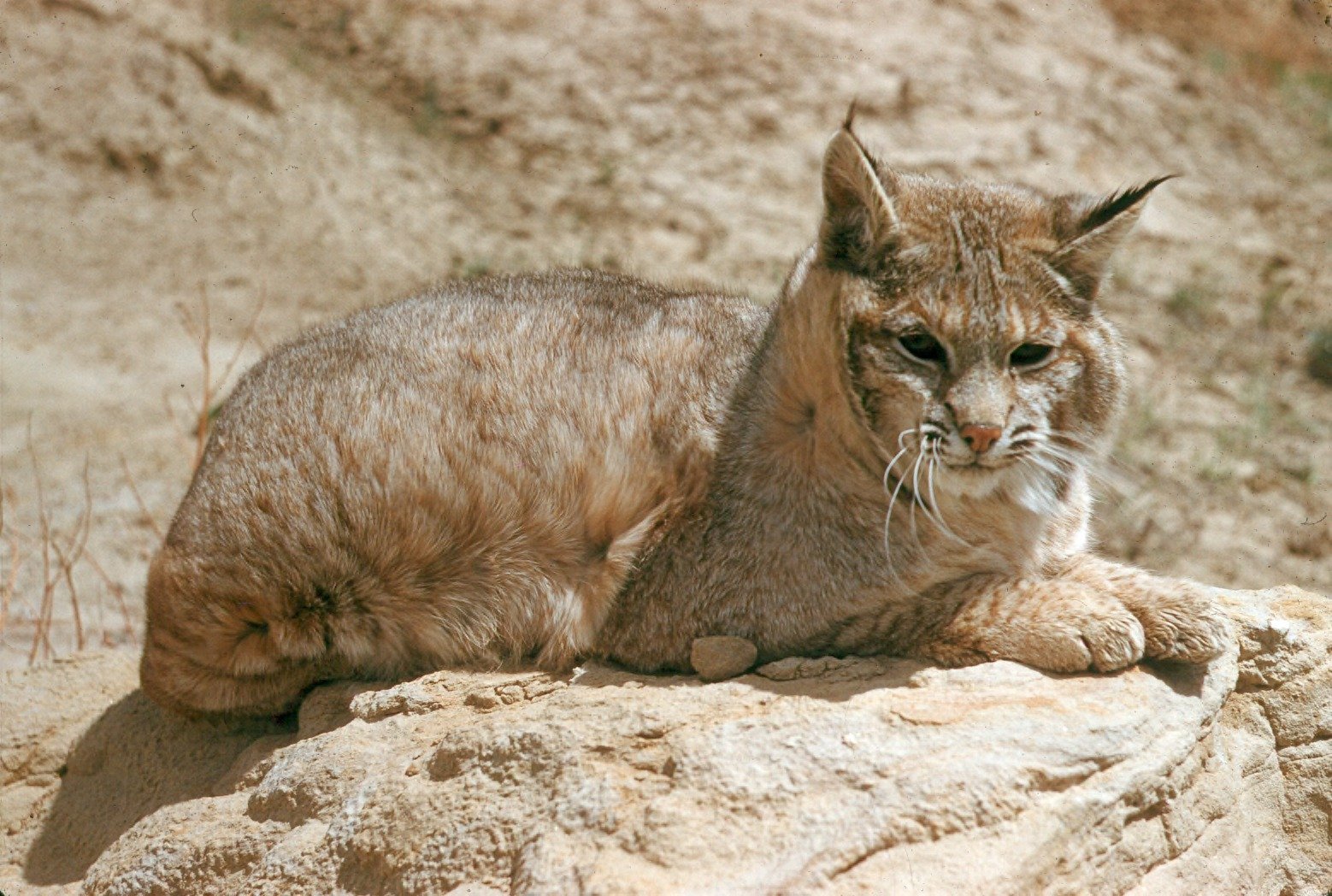
Bobcats are opportunistic hunters, and their diet is another factor that facilitates their coexistence with humans. They primarily feed on small mammals like rabbits, squirrels, and mice, which are abundant in many suburban and urban settings. This natural pest control service benefits humans by keeping rodent populations in check. Additionally, bobcats are not known to pose significant threats to livestock or pets, making them relatively benign neighbors. Their hunting habits often go unnoticed, as they are most active during dawn and dusk, times when human activity is minimal.
Human Tolerance and Awareness
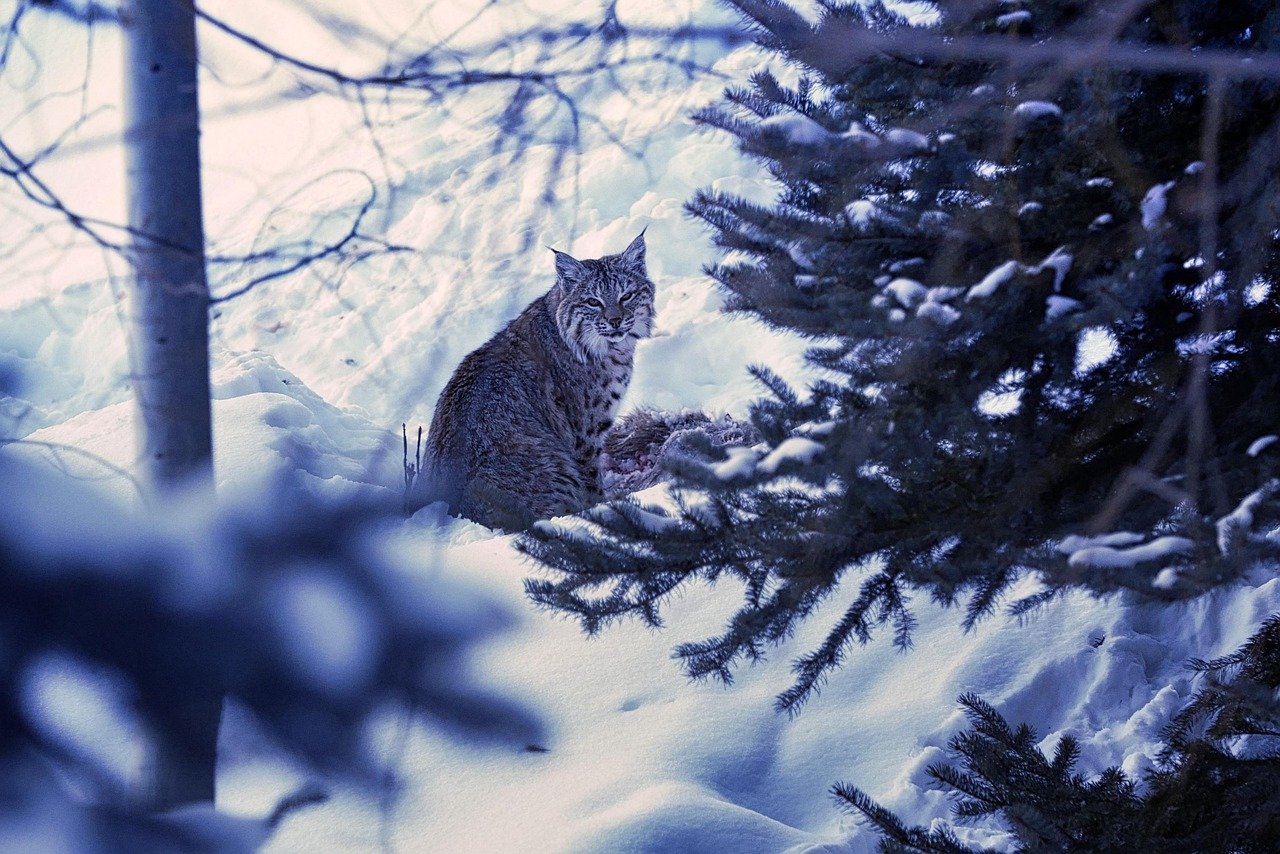
The relationship between bobcats and humans is also shaped by human attitudes and awareness. In areas where people are educated about bobcats and understand their ecological role, there is often greater tolerance for their presence. Community outreach and education programs can foster coexistence by informing residents about the benefits of having bobcats around and how to avoid conflicts. Simple measures like securing trash cans and not leaving pet food outside can minimize negative interactions. As people become more aware of the wildlife around them, they are more likely to appreciate and protect these fascinating creatures.
Challenges and Conservation Efforts
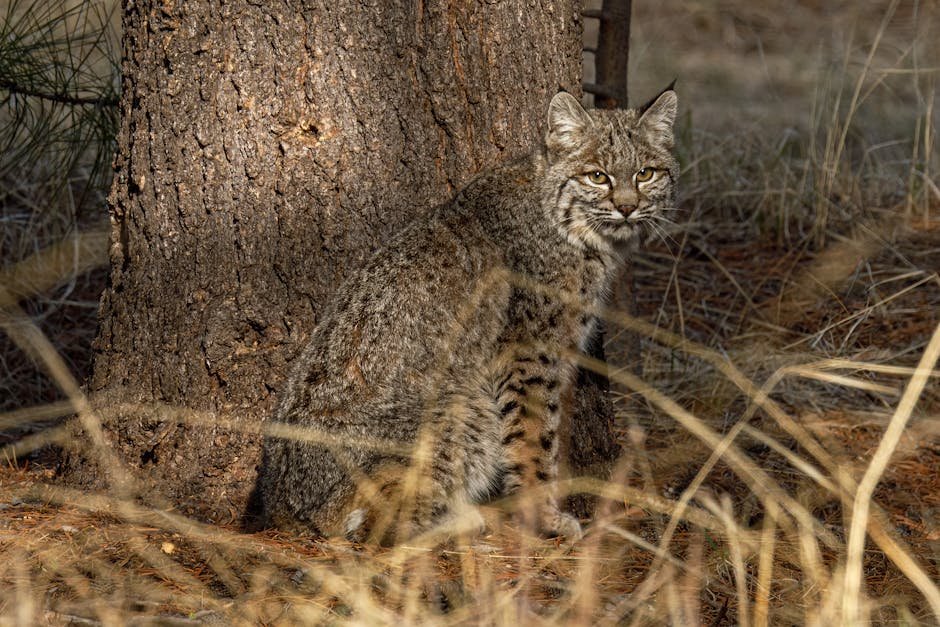
Despite their adaptability, bobcats face challenges that require conservation efforts. Habitat fragmentation due to roads and development can isolate populations, reducing genetic diversity and increasing vulnerability. Conservationists are working to create wildlife corridors that connect fragmented habitats, allowing bobcats and other wildlife to move freely. Public policies that protect green spaces and regulate urban development are also crucial in ensuring the long-term survival of bobcats in human-dominated landscapes. Collaborative efforts between wildlife agencies, local governments, and communities are vital for creating a balanced coexistence.
Bobcats and the Ecosystem: A Delicate Balance
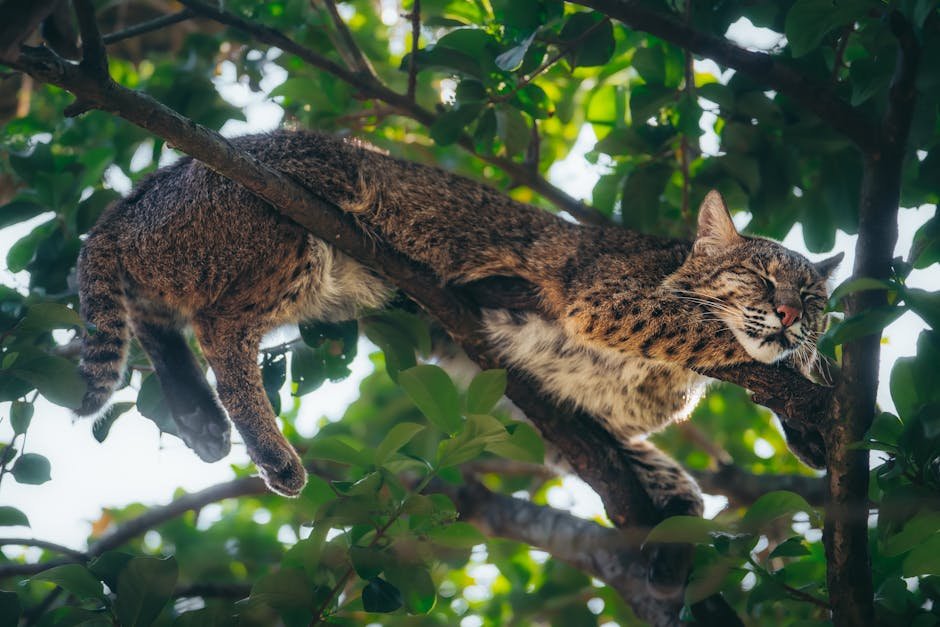
Bobcats play an important role in maintaining the health of ecosystems. As predators, they help control the populations of their prey, which in turn affects the vegetation and overall biodiversity. By keeping certain species in check, bobcats contribute to a balanced ecosystem. Their presence indicates a healthy environment, and their ability to live near humans can be seen as a testament to the resilience of nature. Understanding the ecological role of bobcats can inspire efforts to preserve the natural habitats that support them and other wildlife.
Bobcats in Popular Culture and Folklore
Bobcats have also captured the imagination of people throughout history, appearing in various cultural narratives and folklore. They are often depicted as symbols of stealth, independence, and mystery. In Native American folklore, the bobcat is sometimes seen as a teacher of secrets and hidden knowledge. These cultural associations reflect the bobcat’s elusive nature and its ability to thrive in the shadows. By appreciating these cultural stories, we can deepen our connection to the natural world and recognize the value of preserving wildlife.
The Future of Bobcats Near Humans
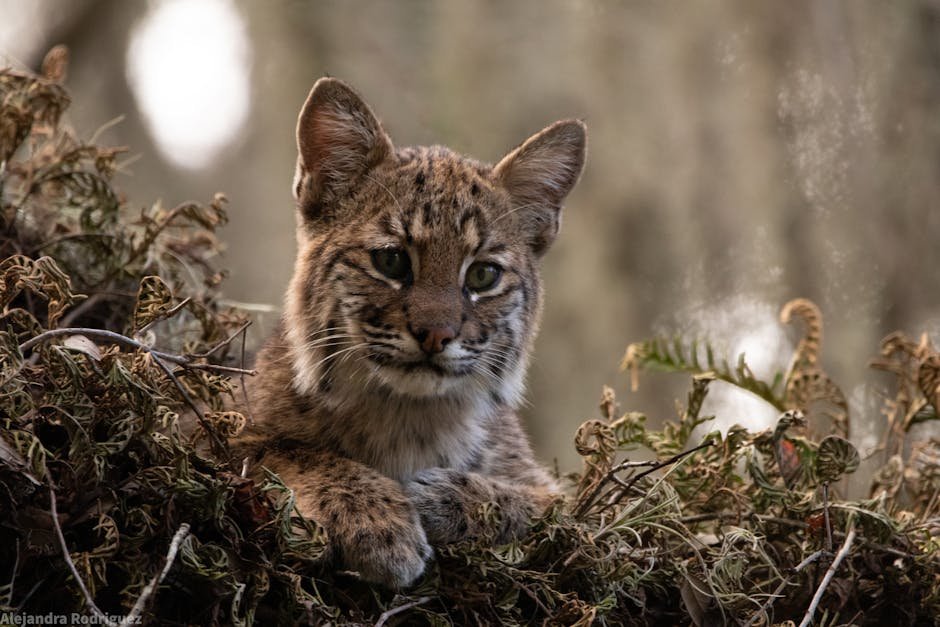
As urban areas continue to expand, the future of bobcats living near humans will depend on our ability to coexist with them. Encouraging sustainable development practices and preserving natural habitats are essential steps in ensuring that bobcats and other wildlife can continue to thrive. By fostering a sense of stewardship and appreciation for nature, we can create communities where bobcats and humans live side by side harmoniously. As we learn more about these wild cats and their needs, we can make informed decisions that benefit both wildlife and people.
The presence of bobcats near human settlements is a testament to their adaptability and resilience. By understanding the factors that allow them to thrive, we can take steps to ensure their continued existence alongside us. With increased awareness and conservation efforts, we can create a future where bobcats and humans coexist peacefully, enriching our lives and the natural world.

Andrew Alpin from India is the Brand Manager of Doggo digest. Andrew is an experienced content specialist and social media manager with a passion for writing. His forte includes health and wellness, Travel, Animals, and Nature. A nature nomad, Andrew is obsessed with mountains and loves high-altitude trekking. He has been on several Himalayan treks in India including the Everest Base Camp in Nepal.






